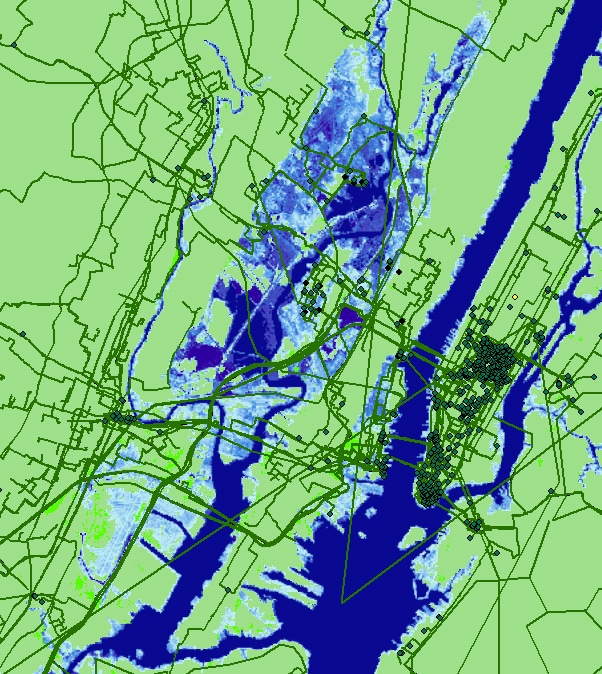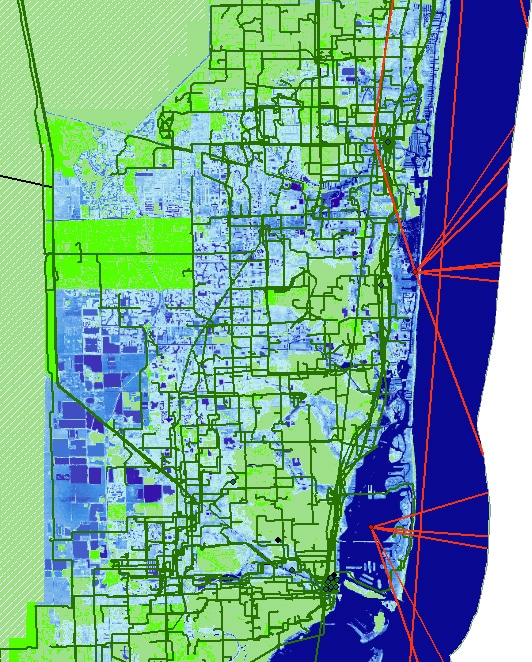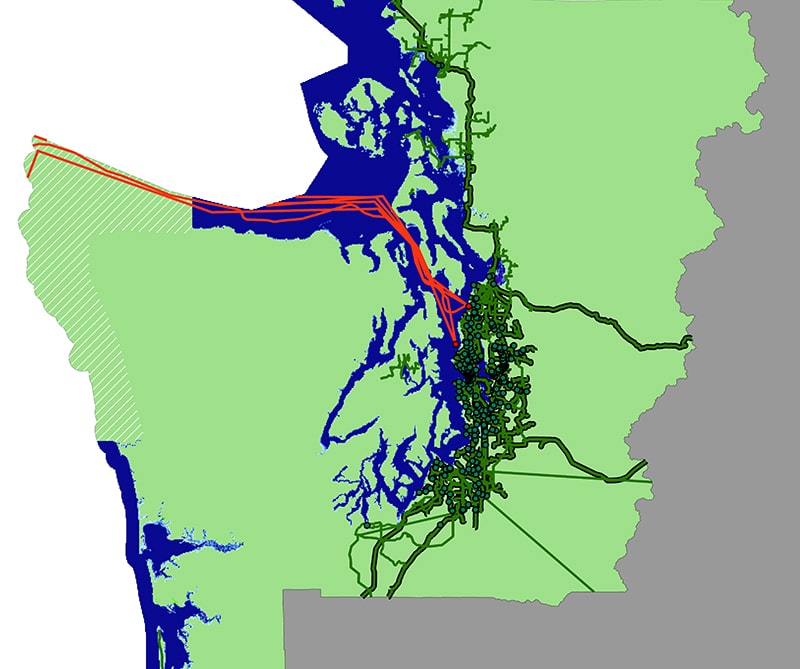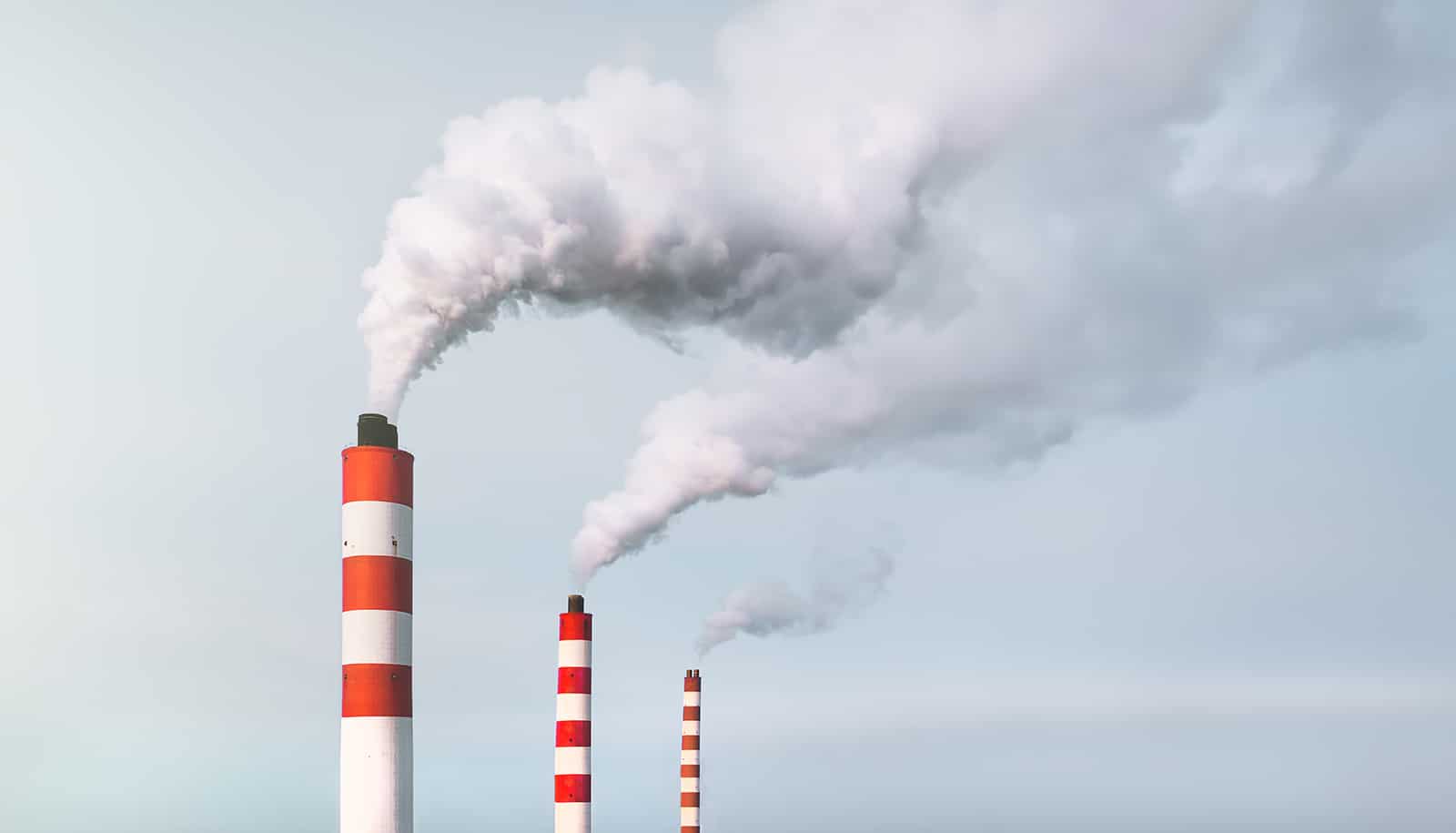Rising seas threaten more than 4,000 miles of buried fiber optic cables in densely populated US coastal regions, report researchers. Seattle is one of three cities at most risk of internet disruptions.
In a talk to internet network researchers, Ramakrishnan Durairajan, an assistant professor in the computer and information science department at the University of Oregon, warned that most of the damage could come in the next 15 years. Strategies to reduce potential problems should be under consideration sooner rather than later, he says.
“Most of the damage that’s going to be done in the next 100 years will be done sooner than later…”
The Durairajan-led study is the first risk assessment of climate change to the internet.
“Our analysis is conservative in that we only looked at the static dataset of sea level rise and then overlapped that over the infrastructure to get an idea of risk,” Durairajan says. “Sea level rise can have other factors—a tsunami, a hurricane, coastal subduction zone earthquakes—all of which could provide additional stresses that could be catastrophic to infrastructure already at risk.”
By 2033, the study also found, that more than 1,100 internet traffic hubs will be surrounded by water. New York City and Miami are the other two most susceptible cities, but the impacts could ripple out and potentially disrupt global communications.
“Most of the damage that’s going to be done in the next 100 years will be done sooner than later,” says the study’s senior author Paul Barford, a computer scientist at the University of Wisconsin-Madison who was Durairajan’s academic adviser while he completed the study as part of his doctoral work. “That surprised us. The expectation was that we’d have 50 years to plan for it. We don’t have 50 years.”



Barford is a leading expert on the “physical internet,” the buried fiber optic cables, data centers, traffic exchanges, and termination points that are the nerve centers, arteries, and hubs of the global information network.
“The first instinct will be to harden the infrastructure, but keeping the sea at bay is hard.”
The study, which only considered US infrastructure, combined data from the Internet Atlas, a comprehensive global map of the internet’s physical structure, and projections of sea level incursion from the National Oceanic and Atmospheric Administration.
The roots of the danger emerged inadvertently during the internet’s rapid growth in the 1980s, says Durairajan. Neither a vision of a global grid nor planning for climate change was considered during the technology explosion.
“When commercialization of the internet happened, everybody wanted to make money,” he says. “Companies started their own infrastructure deployments. Everyone had their own policies and deployed everything that they wanted in ways that were good for them.”
Over time, layers of infrastructure were placed on top of each other. Despite advances in the technology, he says, those fiber lines remain in place and face the greatest risk. Buried fiber optic cables are designed to be water resistant, but unlike the marine cables that ferry data under the ocean, they are not waterproof.
Conduits at most risk are already close to sea level. Only a slight rise in ocean levels due to melting polar ice and thermal expansion will be needed to expose buried fiber optic cables to seawater, the study found. Service disruptions during catastrophic storm surges and flooding that accompanied hurricanes Sandy and Katrina hinted at the problems to come, Barford and Durairajan note.
Rising sea levels already altering tides in Chesapeake Bay
Mitigation strategies are needed to strengthen the coastal infrastructure so that failures there do not become cascading failures that take out inland stations, Durairajan says. The effects of building seawalls, according to the study, are difficult to predict.
“The first instinct will be to harden the infrastructure,” Barford says. “But keeping the sea at bay is hard. We can probably buy a little time, but in the long run it’s just not going to be effective.”
The study also examined risks to buried assets of individual internet service providers, finding that Century Link, Inteliquent, and AT&T are at highest risk.
Clam fossils show rising sea levels boost parasites
Durairajan shared the findings with academic and industry researchers at the Applied Networking Workshop in Montreal on July 16, a meeting of the Association for Computing Machinery, the Internet Society, and the Institute of Electrical and Electronics Engineers.
Source: University of Oregon



